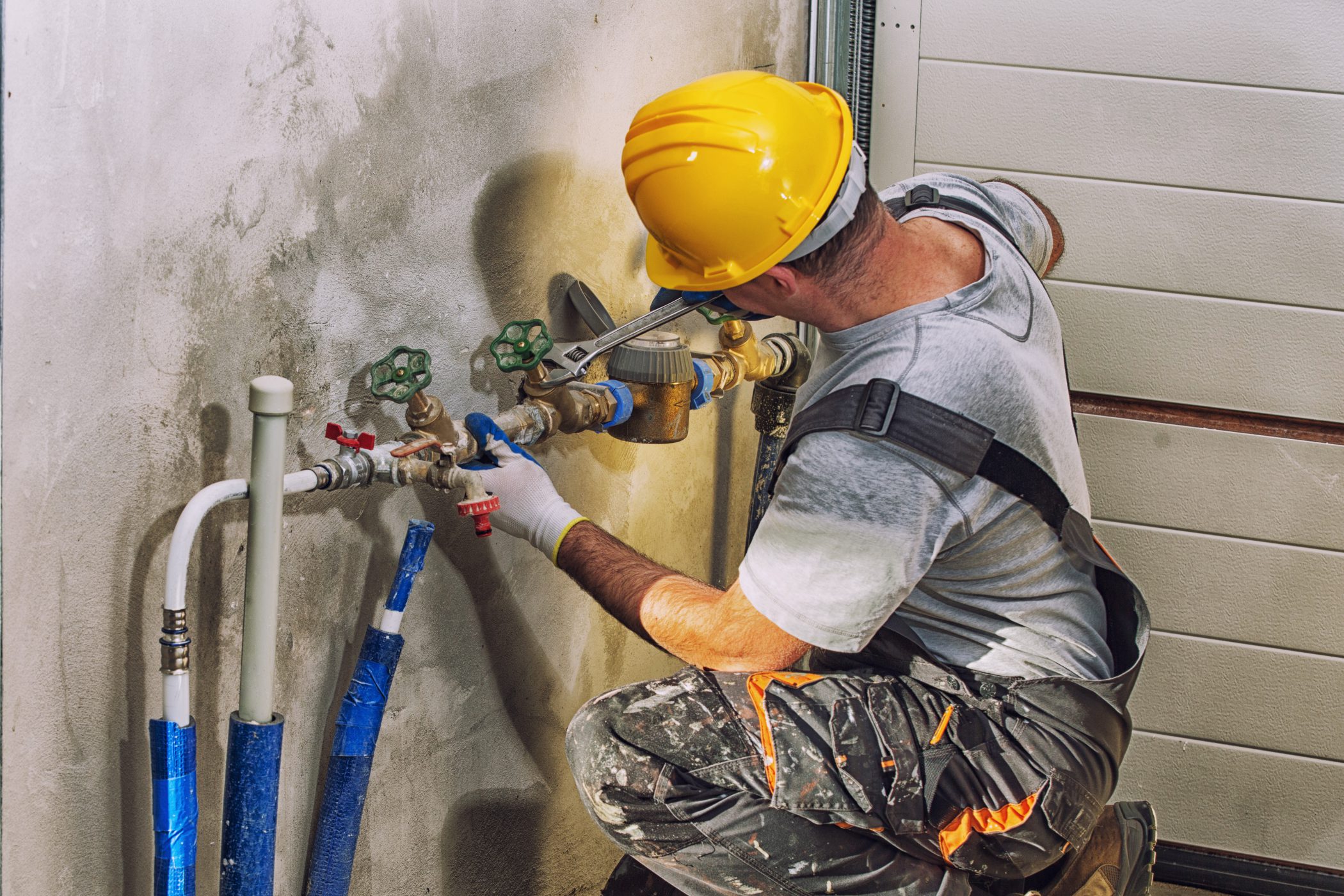You Should Learn About Pipes If Or You Own A Household
You Should Learn About Pipes If Or You Own A Household
Blog Article
There is a ticking time bomb inside your home that could end up costing you thousands of dollars once it explodes. And it will explode if you do nothing. Do you know what it is? They may be small, but if the water supply hoses on your washing machine burst, your home can be subjected to considerable water damage, costing thousands of dollars to repair.
There are other skills plumbers need aside from being able to work with water. One of the most common things that a trustworthy plumber on is fixing water lines.
Be cautious. If you've just become aware of a problem with water line repair in your home, there are a few steps you should take. First, if there's a lot of water (such as from flooding), you should turn off your electricity to avoid electrocution. Also, don't use your regular household appliances (such as a vacuum cleaner) to remove water. If the water is contaminated (such as from a sewage line), you and your family should leave the home so that you don't get sick. Finally, if the water is from a leak, try to locate the leak's source and turn off the water to prevent further damage.
A c clamp or hose clamp is use full for securing or holding the rubber used to seal leaks on piping. However, a clamp should be used carefully considering the type of pipe being repaired, clamping too tight will fracture the pie leaving you with a bigger problem than you started off with.
Getting advice from someone who has not made any money online is like asking a plumber to shoe a horse when they have never done so. Why in the world would you do this?
A broken water supply line can cause water to spurt from the line connecting the toilet to the main water valve. The first step to repair this leak is to shut off the water line repair supply valve. This will stop the flow of water to the toilet. Next, flush the toilet to remove the water from the bowl and hold down the handle until it is completely empty.
There are a lot of different shapes and styles of toilets but, with a few exceptions, they all work about the same. Water is released from the tank (many commercial toilets use a special valve instead of a tank) into the bowl to flush the waste into your drainage piping. Basically pretty simple, right?
Sometimes there can be complications of broken toilet flanges, closet bolts or rotted sub-flooring. If you find any of that in your situation, it will need to be repaired before reinstalling the toilet.